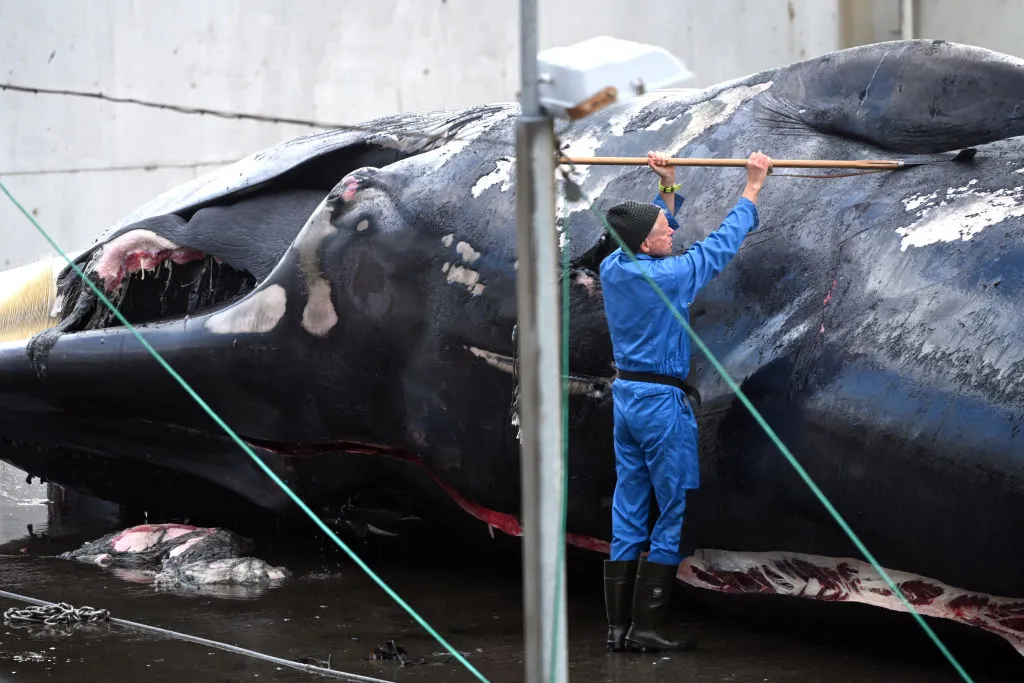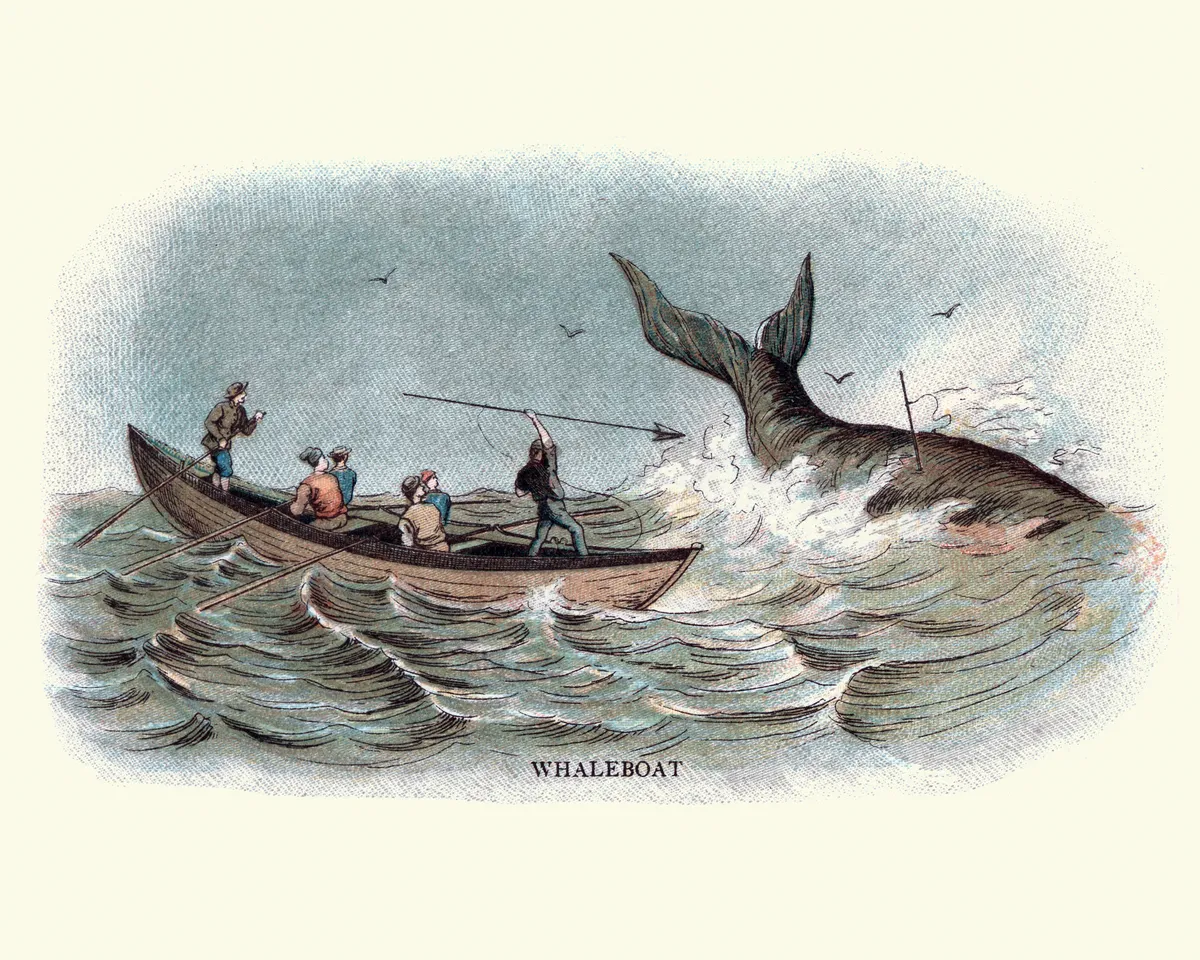Sir David Attenborough recently said: “Fifty years ago, whales were on the very edge of extinction worldwide. Then people got together and now there are more whales in the sea than any living human being has ever seen.”
So, have the whales been saved? Well, yes and no. Certainly, there is a conservation success story to tell after the International Whaling Commission introduced a whaling moratorium in 1985-86.
Some of the big species that hunters historically targeted, such as fin and humpback whales, are increasing in number in some regions. The population of the largest and most iconic species, the blue whale, is also recovering.
But some species are still classified as Endangered or Vulnerable on the IUCN Red List, and the North Atlantic right whale is Critically Endangered.
It’s worth bearing in mind that the seven or eight ‘great whales’ that were hunted commercially are a relatively small percentage of the total whale species that exist. Those whales that were targeted by hunters probably number no more than 1.5 million, and perhaps half of those are minke whales.
Why are whales hunted now? And why were they hunted previously?
Whaling are typically hunted for their meat and blubber. The meat is eaten by humans (and by pets and sled dogs), and whilst some blubber is eaten, it is also rendered down for use in industry, such as fuel supplement for whaling ships in Iceland.

Historically, whale oil was also obtained from blubber in a process known as flensing (removal) and trying out (boiling), which could be used in oil lamps, lubricating machines, in making soap, and in making margarine before vegetable oils were developed.
When sperm whales were commercially hunted, they were also hunted for their ambergris, a waxy product produced in the intestines and thought to be excreted like faeces. Ambergris was used a lot in perfumes or in early medicines, but has largely been replaced. However, it is still worth a lot of money – although the legality of collecting it varies from country to country. It is not covered by the Convention on International Trade in Endangered Species (CITES) as it is considered a waste product.
Does whaling still happen today?

Some commercial whale hunting still occurs today, and there is also a growing plethora of often poorly quantified and understood issues that are threatening whales worldwide, such as fishing and global warming, and noise, oil, plastics and chemical pollution. There is real concern that whales are now vulnerable to threats that are increasing and compounding.
Main image: A blue whale, the world's largest mammal, blows a cloud of mist into the air as it swims at the surface of the Gulf of St. Lawrence near Escoumins, Quebec. Canada. © W. Perry Conway/Getty


